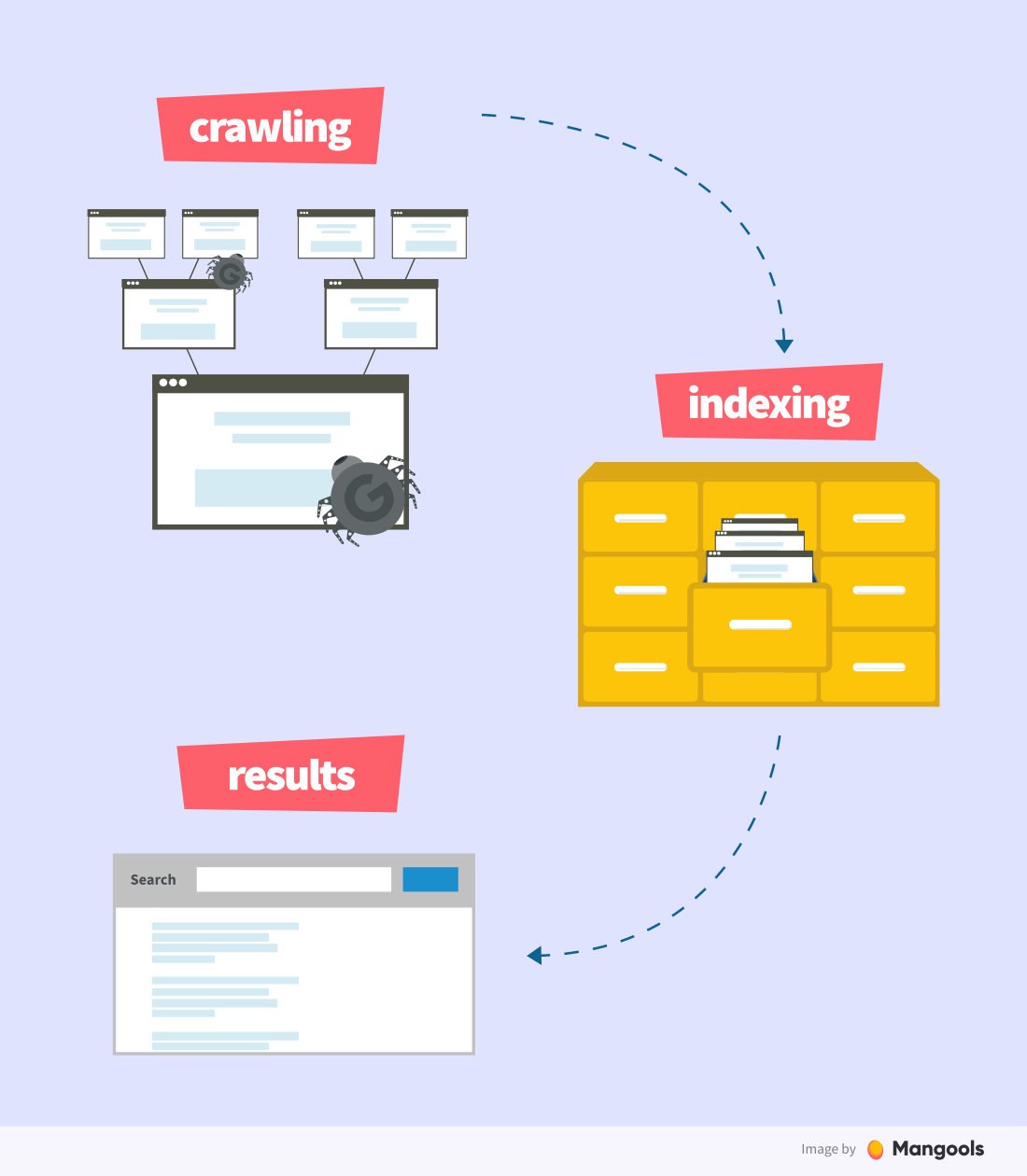

List of state-inspected meat and poultry facilities Another element of the Program is a voluntary grading and certification program for meat and meat products, poultry and poultry products, fish and fish products. The Program’s compliance officers conduct investigations of consumer complaints and suspected violations of the Meat and Poultry Inspection Law. The Program also reviews and approves all meat and poultry product labels to assure that accurate product information is supplied to the consumer. The LDAF Federal/State Meat Programs operates an accredited laboratory that analyses meat and poultry product samples for adulteration.

Personnel is also responsible for ensuring that meat and poultry processing facilities meet federal guidelines. Species that require inspection under the law are cattle, swine, sheep, goat, ratites (emu, ostrich, and rhea), equine (not currently funded), domestically-raised chickens, turkeys, ducks, geese, guineas, ratites, or squabs (also termed young pigeons from one to about thirty days of age). Meat Inspection personnel enforce regulations for inspecting all livestock and poultry slaughtered and processed in state-inspected facilities. The outcome of the conference was the generation of 33 recommendations for the diagnosis and management of HHT, with at least 80% agreement amongst the expert panel for 30 of the 33 recommendations.The Louisiana Department of Agriculture and Forestry’s Federal/State Meat Program, authorized by the Meat & Poultry Inspection Law (RS 3:4201), ensures the wholesomeness and safety of meat slaughtered and processed in Louisiana. The Working Group subsequently convened at the Guidelines Conference to partake in a structured consensus process using the evidence tables generated from the systematic searches. The literature search was conducted using the OVID MEDLINE database, from 1966 to October 2006.

The Working Group determined clinically relevant questions during the pre-conference process. The Guidelines Working Group included experts (clinical and genetic) from eleven countries, in all aspects of HHT, guidelines methodologists, health care workers, health care administrators, HHT clinic staff, medical trainees, patient advocacy representatives and patients with HHT. The overall guidelines process was developed using the AGREE framework, using a systematic search strategy and literature retrieval with incorporation of expert evidence in a structured consensus process where published literature was lacking. The goal of this international HHT guidelines process was to develop evidence-informed consensus guidelines regarding the diagnosis of HHT and the prevention of HHT-related complications and treatment of symptomatic disease. HHT is under-diagnosed and families may be unaware of the available screening and treatment, leading to unnecessary stroke and life-threatening hemorrhage in children and adults. HHT is an autosomal dominant disease with an estimated prevalence of at least 1/5000 which can frequently be complicated by the presence of clinically significant arteriovenous malformations in the brain, lung, gastrointestinal tract and liver.


 0 kommentar(er)
0 kommentar(er)
